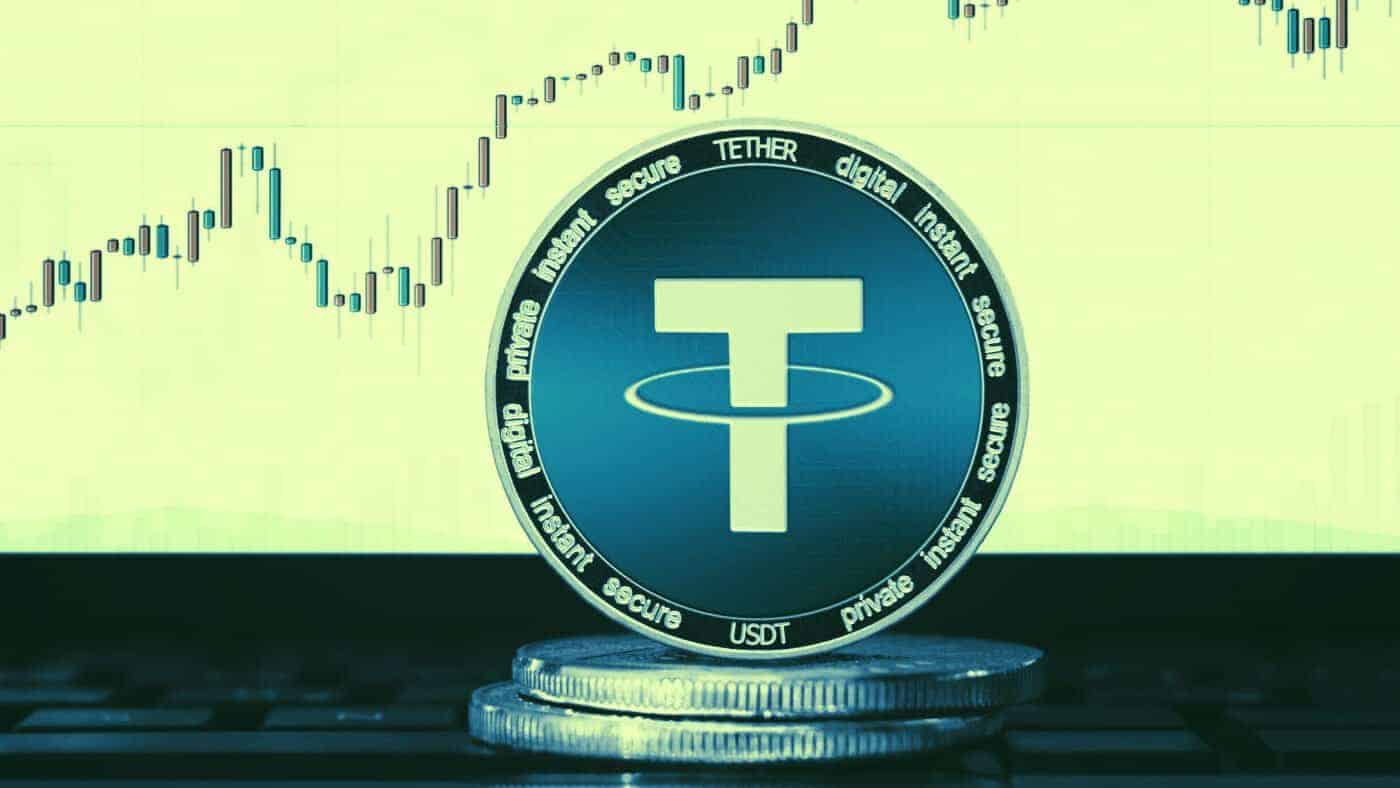Three U.S. House Democrats unveiled new proposed legislation this week that would provide a strict regulatory framework for the stablecoin industry, requiring issuers to obtain a banking charter and FDIC insurance while maintaining reserves of dollars with the Federal Reserve for every stablecoin issued.
“Digital currencies, whose value is permanently pegged to or stabilized against a conventional currency like the dollar, pose new regulatory challenges while also represent a growing source of the market, liquidity, and credit risk,” the bill’s three Congressional sponsors, Rep. Rashida Tlaib, Rep. Jesús “Chuy” García and Rep. Stephen Lynch said in a joint statement. “[The bill intends to] protect consumers from the risks posed by emerging digital payment instruments, such as Facebook’s Libra and other Stablecoins currently offered in the market, by regulating their issuance and related commercial activities.”
The bill largely looks to settle the debate as to whether stablecoins should be considered “deposits.” In the financial industry, the term is legally binding and contractually obliges the institution where the funds are deposited to return the deposit immediately in legal tender money upon request.
In a 2019 opinion piece, the law firm Clifford Chance highlighted some of the regulatory exposure stablecoin issuers expose themselves to: “Irrespective of the security status analysis, a fixed-redemption fiat-collateralized stablecoin that, for example, is issued in exchange for 1 U.S. dollar and is redeemable for 1 U.S. dollar could be characterized as a ‘deposit’ within the meaning of that term under U.S. federal and state law, and deposit-taking activities generally trigger bank regulatory licensing considerations.”
Clifford Chance’s opinion piece highlighted that the PAX token — a stablecoin issued by Paxos — and the Gemini Dollar, another USD-backed stablecoin, are both already set up as trusts in the state of New York and hold their respective funds in FDIC-insured third-party bank accounts.
But this isn’t the case for everyone.
Why we need stablecoin regulation
Is stablecoin legislation necessary because these issuers prey on, as claimed in the lawmakers’ press release, “low- and moderate-income residents of color”? Not really. There’s no evidence to suggest that they are widely used by these groups. Rather, it’s the commercial remittances business and crypto-trading industry that are the bigger users Granted, there are some uses for personal remittances, but in the grand scheme of the global economy, this use case would be minute. But given the multi-billion dollar scale of the industry its definitely attracted the attention of lawmakers.
A clue to why these lawmakers believe stablecoin regulation might be required can be found in the eponymous bill’s title: Stablecoin Tethering and Bank Licensing Enforcement (STABLE) Act.
Despite Facebook’s proposed Libra — recently renamed Diem — being in the news lately, the lawmakers’ intended goal may be to reel in the tether around an even more controversial stablecoin: Tether.
Tether has been the subject of an inordinate amount of controversy during its short life span. While a stablecoin creates its value (in theory) because of its redeemability for a dollar, the assets that back Tether have been called into question.
In 2018, a blogger by the handle “Bitfinex’ed” wrote that Tether’s parent, Bitfinex, had a sour relationship with its auditor, which ultimately led to a parting of ways before an audit for 2018. No other audits have been done since.
In 2019 the company revealed that every Tether is not backed 1:1 by dollars but rather by “other assets and receivables from loans made by Tether to third parties, which may include affiliated entities.” In the time since, Tether’s market cap has reached nearly US$19 billion — though its market share is slipping as other stablecoins enter the fray — and has promised annual audits by multiple accounting firms.
Stablecoins claim to be worth a dollar because there is a dollar (allegedly) backing every token issued. But a lack of direct pegging to a dollar would mean that there is less of an underlying asset that gives the token value than claimed. Without this 1:1 issuance, the token’s value could drop precipitously if there are sudden withdrawals.
If stablecoins want to be taken seriously and not attract punitive regulations, they need to follow the same rules as other money transmitters and financial institutions. There’s no “blockchain exemption.” These rules would simply regulate these firms into transparency — which by Tether’s actions is something that these lawmakers clearly believe is needed.
Although reaction to the news on Crypto Twitter was mixed, consensus has formed around the idea that printing money out of thin air — which is something that stablecoins in theory are doing, in the absence of any deposit requirements — should be something only reserved for the U.S. Federal Reserve. If stablecoins continue to do this, it could degrade trust in the system and devalue legal-tender money. But is regulation the right way forward?

